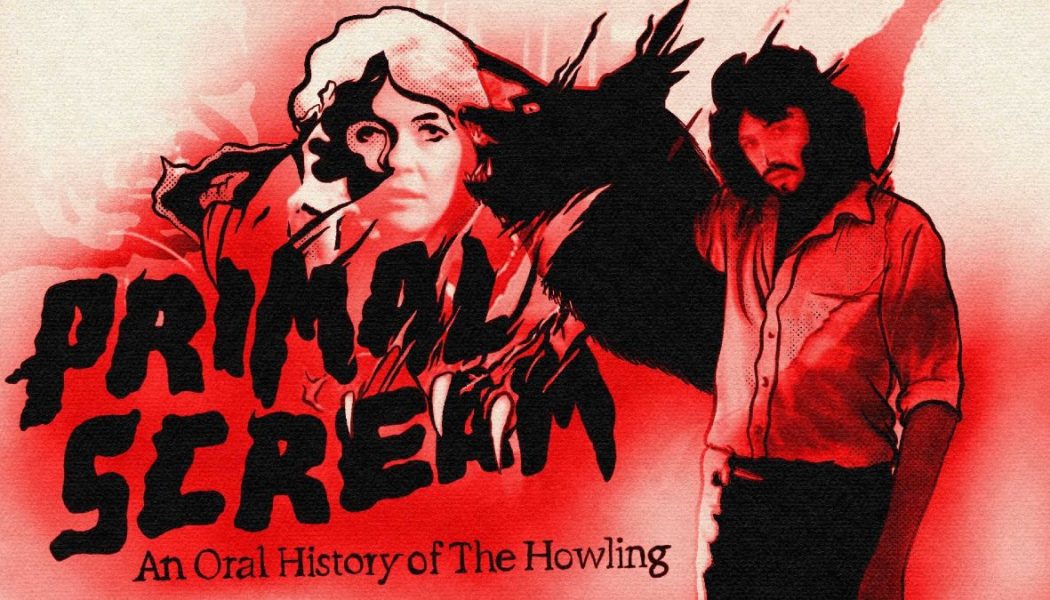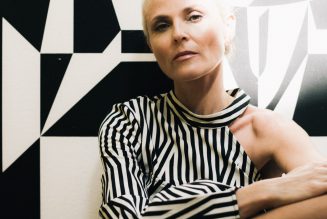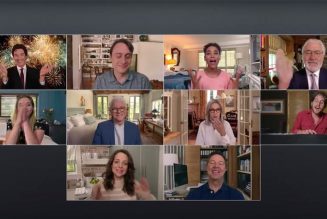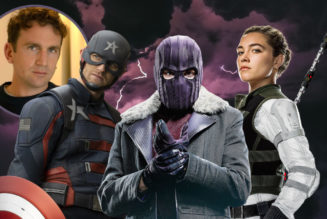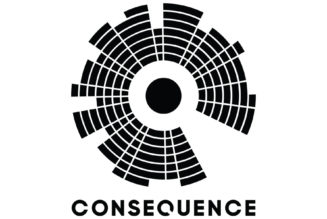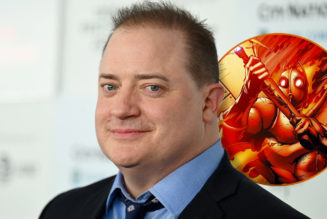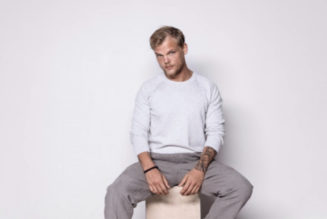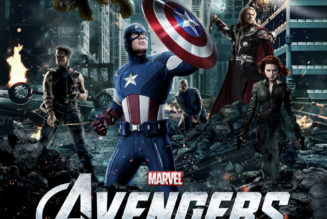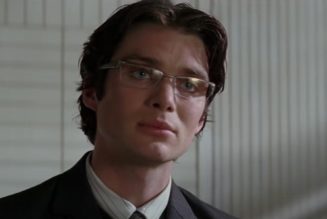
“What if this is a movie where the characters have actually seen a horror movie?” –John Sayles
By the dawn of the 1980s, there hadn’t been a genuinely successful werewolf film in years. And in the wake of films like The Last House on the Left and Halloween, which brought horror to the cities and suburbs where most Americans lived, torch-wielding villagers and mythical monsters lurking around the European countryside seemed quant. Even when the cinematic werewolf mythology was occasionally modernized in the 1970s, with films like Werewolves on Wheels and The Werewolf of Washington, the results were lackluster.
But just as the sub-genre appeared to lose its bite, The Howling burst onto screens and changed everything. The first in a series of three werewolf-centric films released in 1981 — Wolfen and An American Werewolf in London opened later that summer — The Howling helped to revitalized the waning subgenre by mixing wry satire with genuine scares (artfully conceived by director Joe Dante and screenwriter John Sayles) and state-of-the-art makeup effects by the legendary Rob Bottin. This decidedly modern take on a classic horror tropes created a singular vision that can still be felt within pop culture 40 years later: from the expansive series of sequels and werewolf films it spawned, to other self-aware horror films like Scream (“What’s that werewolf movie with E.T.’s mom in it?”), they all owe a debt to The Howling.
To celebrate its 40th anniversary, several of the people involved in the making of film were interviewed about their roles in creating this influential horror classic. Specifically, director Joe Dante, producer Mike Finnell, screenwriter John Sayles, actor Dee Wallace, actor Robert Picardo, editor Mark Goldblatt, and studio executive Robert Rehme.
